The Luna crash has left a huge impact on the crypto industry, yet it also revealed the flaws of stablecoins and other valuable lessons.
The world of cryptocurrency was in turmoil with the collapse of the stablecoin TerraUSD and its sister coin, Luna in the second quarter of 2022. There's nothing particularly new in cryptocurrency and high volatility, but the extreme drop of the so-called stablecoin still shocked many crypto investors. As the name implies, stablecoin is supposed to have a stable value because they are pegged to fiat currency, such as the dollar or the euro.
TerraUSD has been pegged to the US dollar since the day it was released, but it eventually crashed to the point where it was only worth just over $0.11. Meanwhile, its sister Luna was worth more than $80 at the start of May, but it suddenly dropped to only worth a fraction of a cent. The crash was so big that many people started comparing it to the 2008 financial crisis.
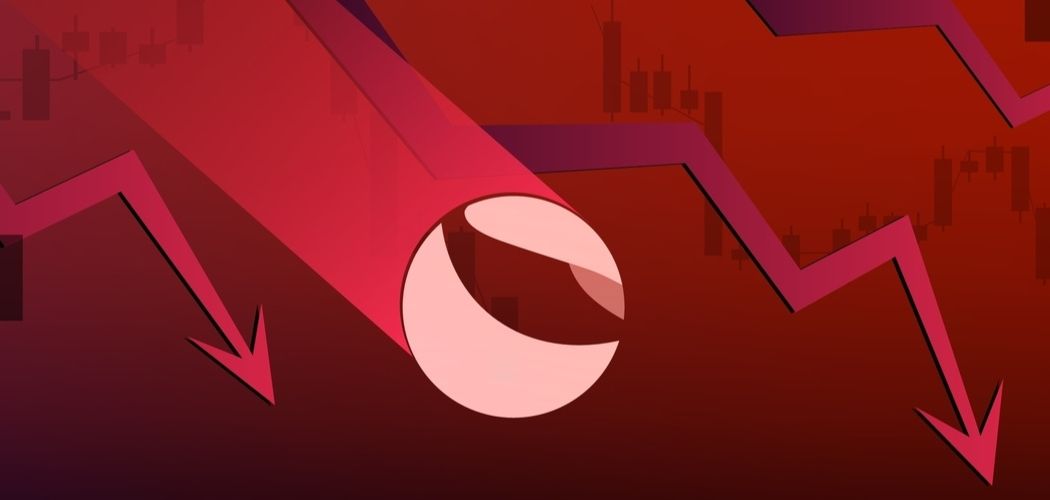
The sudden crash has undoubtedly made many crypto holders panic. Some immediately pumped the brakes and sold their remaining assets, while others were devastated by the loss. According to a Twitter survey, the event has caused some investors to lose their life savings. They also mentioned that it affected their mental health to some extent. Even non-Luna holders were also afflicted because the crash has sent the entire crypto market into a downtrend.
Long story short, the crypto market is not doing well at the moment and crypto investors have a lot on their hands. Perhaps, now would be a good time to sit back for a while, examine the crash closer, and see what we can learn from it.
Contents
How TerraUSD and Luna Work
We've mentioned above that stablecoins are pegged to fiat currency like the US dollar. However, this isn't exactly how TerraUSD works. It is an algorithmic stablecoin, which means instead of using assets, it is backed by complex algorithms to maintain its peg to the US dollar. In other words, it tries to maintain the same value as the US dollar by using another cryptocurrency as the balancer. This crypto is called Terra (Luna). So, essentially, TerraUSD uses Luna as a counterweight that could maintain its stable value.
Here's how it works. Every time you burn a TerraUSD, you create a Luna. Burning one TerraUSD will give you $1 worth of Luna and vice versa. It basically works like a seesaw, where TerraUSD is on one end and Luna is on the other.
Let's say the value of TerraUSD drops a little so that it's now worth $0.99. Considering that you can always exchange 1 TerraUSD for $1 worth of Luna, investors would take the chance to buy something worth $1 for only 99 cents and earn a profit. So they burn TerraUSD to create Luna. As more people do it, the supply of TerraUSD reduces and the price rises until it hits the $1 peg.
If the price of TerraUSD continues rising to let's say $1.01, then people who are holding Luna would take the advantage. If they burn $1 worth of Luna, they can get 1 TerraUSD and make a profit. The more people do it, the higher the supply of TerraUSD and the price falls until it hits the $1 peg again.
The Luna Crash: What Really Happened
While the balancing system is good under normal circumstances, it's apparently not really effective during extreme conditions. Many crypto watchers were skeptical about the high reflexivity aspect of Terra's design. The key to this mechanism was Anchor, the lending protocol in Terra that guaranteed a 20% APY for its users. This was a huge advantage for many investors, considering that there wasn't much to do with the tokens anyway.
However, in March 2022, Anchor decided to change the rule and replaced the 20% rate with a variable rate. Not long after, large amounts of TerraUSD were withdrawn from the protocol, causing other investors to worry and sell their TerraUSD and Luna tokens. Some other investors also used a blockchain project called Curve Finance to swap their TerraUSD with other stablecoins. By burning an enormous amount of TerraUSD, the supply of Luna exploded, causing the price to fall drastically. As more people dumped their TerraUSD, the balancing mechanism kind of just stopped working. The stablecoin dropped to $0.11 and Luna was worth less than a cent.
It's difficult to pinpoint what exactly caused the crash because there were certainly multiple factors in play. For one, Anchor's popularity has suddenly died down, leaving the stablecoin unprotected. The market was also not doing well at the time. Some conspiracy theorists even suggested that someone deliberately "attacked" the market by dumping $350 million of TerraUSD.
Whichever it might be, the point is that if your system can't handle well-coordinated attacks, then it probably wasn't a good system to begin with. The creator of Terra, Do Kwon, and his company Terraform Labs tried to fix the situation by laying out a revival plan. On May 28, 2022, the old Luna Chain (now called Terra Luna Classic or LUNC) hard forked and created a new Terra blockchain called LUNA 2.0.
3 Lessons to Learn from the Luna Crash
The following are three main lessons that we can learn from the devastating event of the Luna crash:
Invest Your Money Wisely
As a crypto trader or investor, it's highly important to know yourself personally, including what you need, what you want, and what you are capable of. The first rule in crypto investing is to never invest more than you can afford to lose.
At this point, you must have realized that the crypto world is very risky in nature. Even when you follow all the guidelines and stick to the plan, there's still a chance of losing money. The crypto market is highly volatile and might move in an unexpected direction very quickly, so you have to be prepared at any time. Therefore, you should only invest with spare money. Don't invest your whole life saving in crypto investments because it's too risky. You never know what the future holds.
Do Your Own Research
The second lesson is to do proper research and only invest in trusted projects. There are many interesting crypto projects out there, yet not all of them are what they claim to be. You can find a lot of crazy good promotions, like decentralized exchanges that offer over 100% APY and DeFi protocols that offer much higher interest rates than traditional saving accounts. However, you need to be careful with these options because they usually have a greater risk.
Don't invest in something just because it's currently in high demand. Don't let the current trend dictates where your money should go because most of the time, it's not fundamentally reliable.
For instance, many investors didn't think too much of the details when investing in Terra Luna. Anchor's 20% APY offer certainly sounded like an awesome investment opportunity. Even big investors fell for it and invested in the project without a second thought. The problem was that apparently, the system was built on flawed fundamentals and thus couldn't handle massive attacks.
Knowing that even experienced traders got caught up in the Luna crash certainly makes us realize that it's always better to do our own research and verify the facts instead of just following the trend. Even if you do have a lot of capital to spare, you need to choose your investments carefully and consider the risks before putting your cash in.
No Consumer Protection in Crypto Trading
Last but not least, it's important to understand that the risk in crypto investments can be more damaging than you think. Compared to the traditional financial system, there is much less consumer protection in the crypto world. If you put your money in a bank, you can get insurance for when the bank collapses.
However, the same thing is less likely to happen in crypto investments. For instance, many investors believed that the worst thing that could happen with the Anchor protocol was a dropping in the APY. Unfortunately, it turned out that the platform could make you lose everything and there's nothing you can do about it. So, when things go south in the crypto world, you're on your own.
Conclusion
The Luna crash was a devastating phenomenon for many crypto holders. While it didn't look dangerous at first, it could cost millions in the end. The Luna crash certainly sparked a new debate and concerns particularly about consumer protection, financial stability, and trading risks. It shows that the crypto world does offer great opportunities to make money, but it also still lacks regulation and is vulnerable to attacks, hacks, and market manipulation. Therefore, it's highly crucial to develop a good understanding of the crypto market and use the knowledge to protect yourself. Don't rely on other people's opinions and reckless FOMO behavior as it might lead you to the wrong path.
Apart from that, don't forget about risk management. It's important to know exactly where to invest and how much you want to invest in the project. Calculate the risk, reward, and cost of doing so. Make sure that you don't over-invest and that you only use money that you don't need for your day-to-day lives. Lastly, it's also important to diversify your portfolio. Don't put all your eggs in one basket to avoid unnecessary losses.

 Dedicated FREE FOREX VPS
Dedicated FREE FOREX VPS Free FOREX Virtual Private Server
Free FOREX Virtual Private Server MT4 Demo Contest, Get $500
MT4 Demo Contest, Get $500 Sign Up for an Account, Claim 60% Deposit Bonus
Sign Up for an Account, Claim 60% Deposit Bonus Free MT4/MT5 VPS 2024
Free MT4/MT5 VPS 2024 Send E-mail and Get Free Merchandise
Send E-mail and Get Free Merchandise $1K Refer a Friend Bonus for Pepperstone Pro clients
$1K Refer a Friend Bonus for Pepperstone Pro clients Maximize Your Earnings with 100% Deposit bonus
Maximize Your Earnings with 100% Deposit bonus Trade to Win, $5,000 Monthly Demo Contest
Trade to Win, $5,000 Monthly Demo Contest Claim 30% + 15% Deposit Bonus from LiteFinance
Claim 30% + 15% Deposit Bonus from LiteFinance
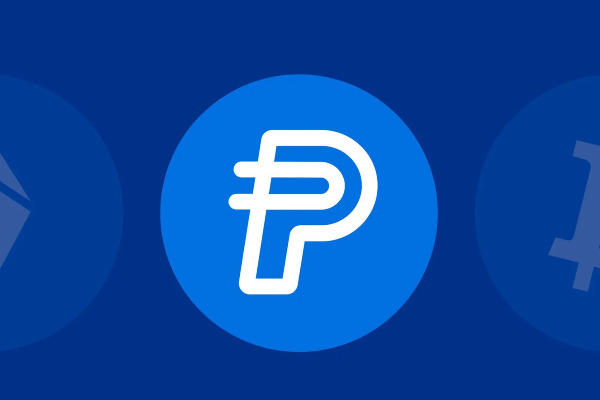
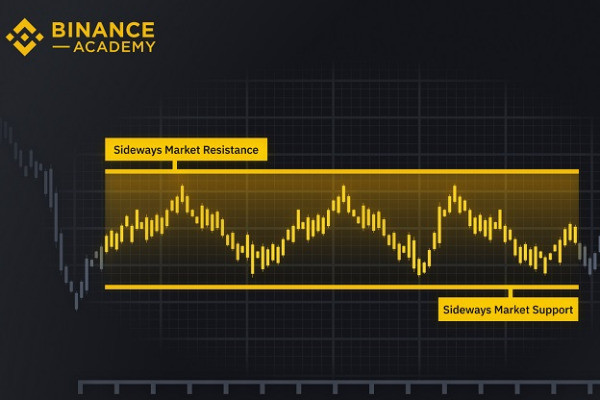
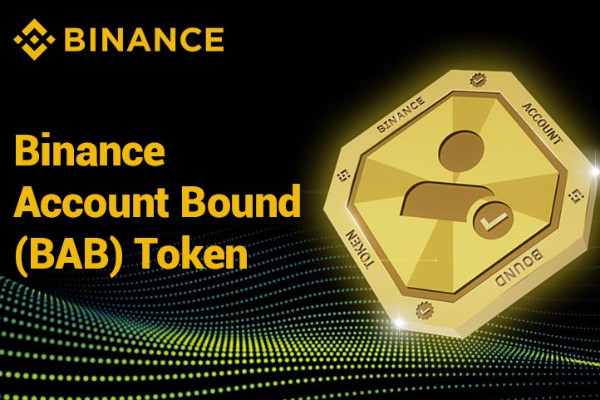
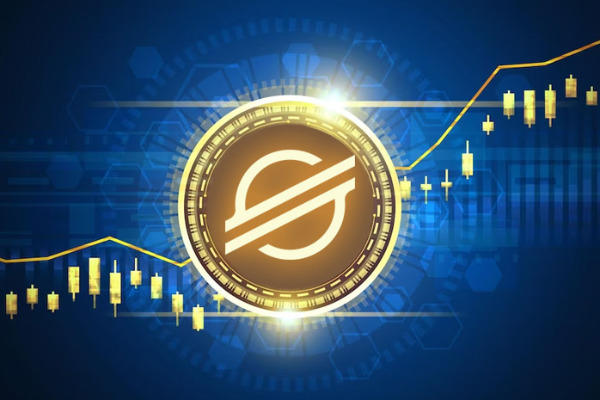
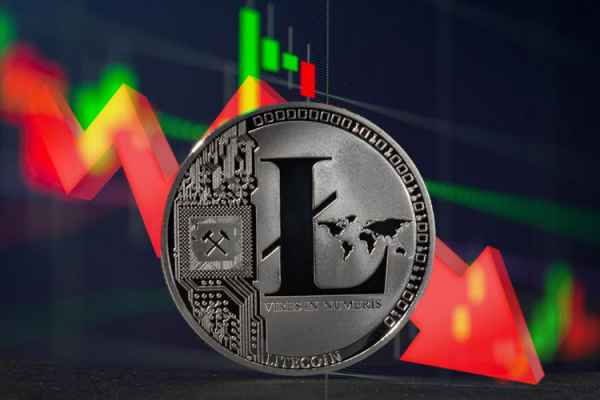

 Bitcoin
Bitcoin Ethereum
Ethereum Tether
Tether BNB
BNB Solana
Solana USDC
USDC XRP
XRP Dogecoin
Dogecoin Toncoin
Toncoin Cardano
Cardano
1 Comment
Jack
Oct 21 2022